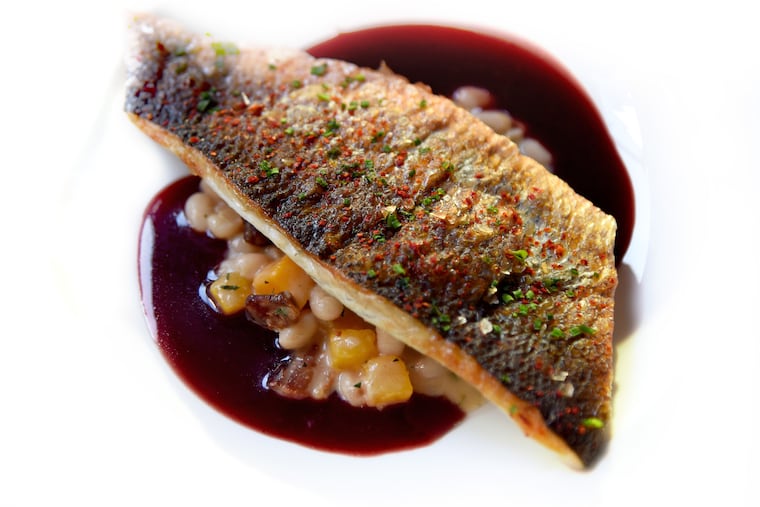Review
Link copied to clipboard
Link copied to clipboard
A crosstown jump hasn’t slowed Townsend, one of Philly’s best French kitchens
The new restaurant, now located in Rittenhouse Square, has the quality food, drinks and graceful service expected from the East Passyunk original.
